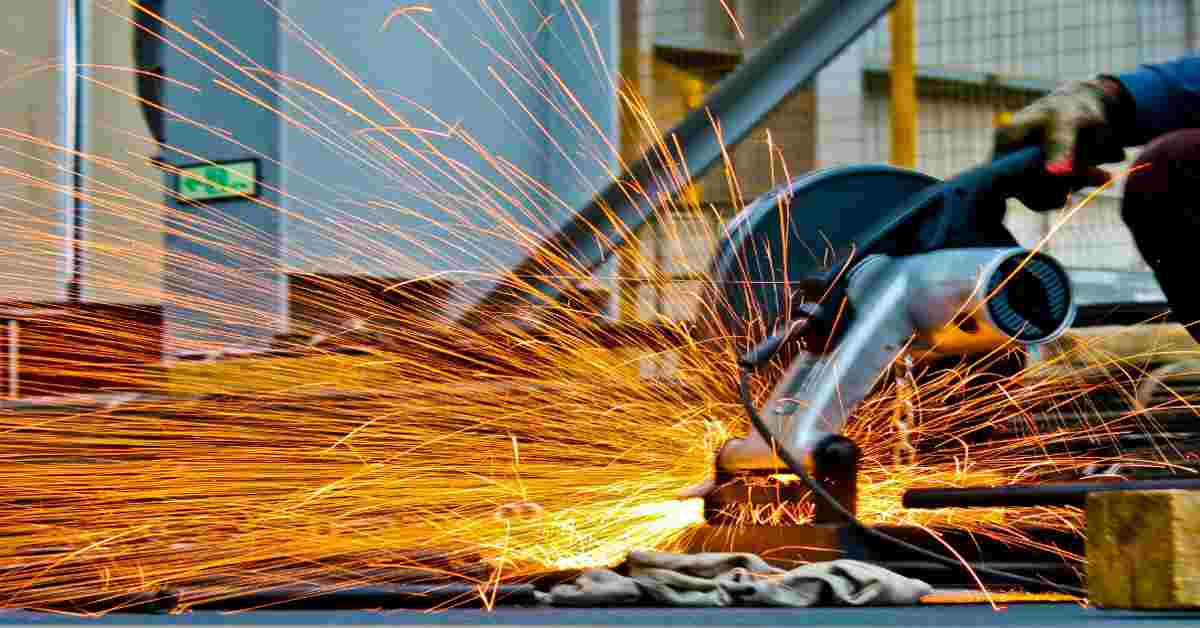Metal stamping is a term that a layperson might not know, but it is at the center of the manufacturing of the simple things of life. Stamped metal parts ensure the smooth running of industries, from a car that is driven on the road to the devices held in our hands. The process converts sheets of metal into accurate parts at a high rate and accuracy, and thus, manufacturers can achieve increasing demands without cutting costs. Its effect on various industries offers an insight into how this important technology has often gone unnoticed.
The Introduction to Precision Manufacturing
In its simplest form, metal stamping is a cutting, bending, and shaping technique that turns a flat metal sheet into a particular shape or form. Dies and presses collaborate to make components of the highest standards. The outstanding feature of this process is its regularity. Stamping can be used to duplicate the parts, whether a company requires a few prototypes or a thousand of the same parts. This reliability is important in industries where the slightest variation may cause some expensive malfunctions. This process strikes a balance between efficiency and accuracy and is one of the foundations of production lines in the modern world.
Accelerating Change in the Auto Industry
Automotive manufacturing is one of the industries that is most associated with stamping. Each car is full of stamped parts, from a body panel that is structural to complex brackets that hold systems together. These components need to be not only tough, but also light in order to meet fuel economy and performance targets. Stamping enables manufacturers to manufacture large volumes of homogeneous parts and yet modify designs to fit the changing safety requirements and tastes of consumers. The need for stamped components, like battery casings and lightweight frames, remains high as electric vehicles are gaining momentum. Without this process, it would be almost impossible for manufacturers to keep pace with transportation innovation.
Electricity to Electric Gadgets
The electronics industry is also anchored in metal stamping, just as much as a car manufacturer relies on it. The cell phones, laptops, and appliances are made of tiny yet significant stamped parts. Among the many products of this technology are connectors, springs, and shielding cases. They are critical in their accuracy to make sure that the devices work correctly, many times on a microscopic level. To manufacturers, stamping offers a cost-effective method of making complex shapes without compromising durability. It is this low cost and quality that make it the tool of choice that companies must work with when they must consider strict budgets and yet have to offer high consumer expectations. An established metal stamping company can also be a major collaborator for an electronics manufacturer in need of accuracy at scale.
Benefiting Healthcare and Medical Technology
Healthcare is one of the areas where precision is most needed. Medical equipment, such as a surgical tool, а diagnostic device, or an implantable part, requires stamped metal components to function safely and reliably. Stamping in this sense makes it possible to produce highly specific forms out of biocompatible metals. It is imperative that these parts can be replicated every time, as the health of patients relies on their perfect performance. Additionally, stamping can be scaled so that hospitals and clinics anywhere in the world can have the instruments required, be it in the daily provision of care or in the performance of advanced procedures. Stamping quietly empowers the pillars of modern healthcare by creating a vital connection between engineering and medicine.
or insights into modern industrial technologies that streamline manufacturing and innovation, check out our article on How to Learn SEO: Start Learning From Today.
Empowering Sustainable Product Manufacturing
The concept of sustainability has gained momentum in all sectors, and metal stamping makes its contributions in significant proportions. It is a process that creates the least waste since manufacturers can streamline sheet layouts and recycle unused material. Stamping also supports the use of lighter yet stronger parts, enabling a reduction in weight without diminishing strength. In these other areas of industry, such as aerospace and automotive, these lighter components are а direct path to better fuel efficiency and reduced emissions.
Conclusion
Metal stamping can work behind the scenes, but the effects are ubiquitous. Stamp parts are the cornerstones of thousands of contemporary industries, whether it is the automobile that transports people around the city or the gadget that makes the world a global village, or the device that saves lives. The process is precise, scalable, and adaptable to changes in both technological and environmental requirements.
